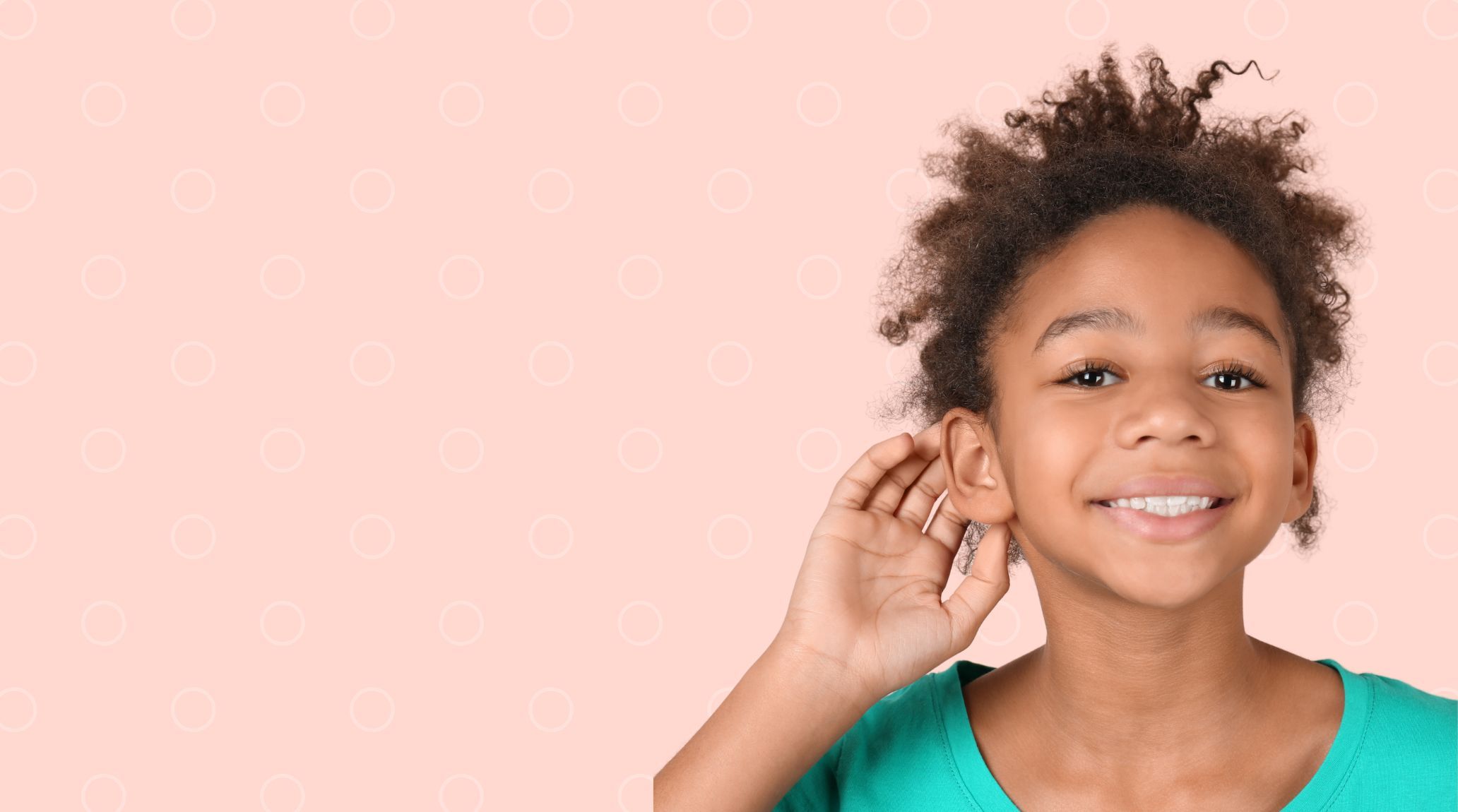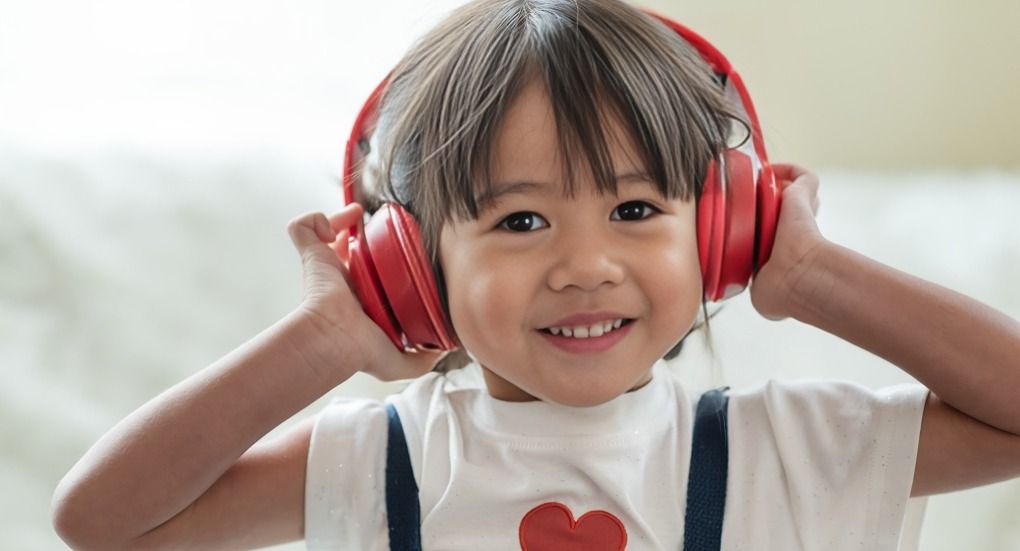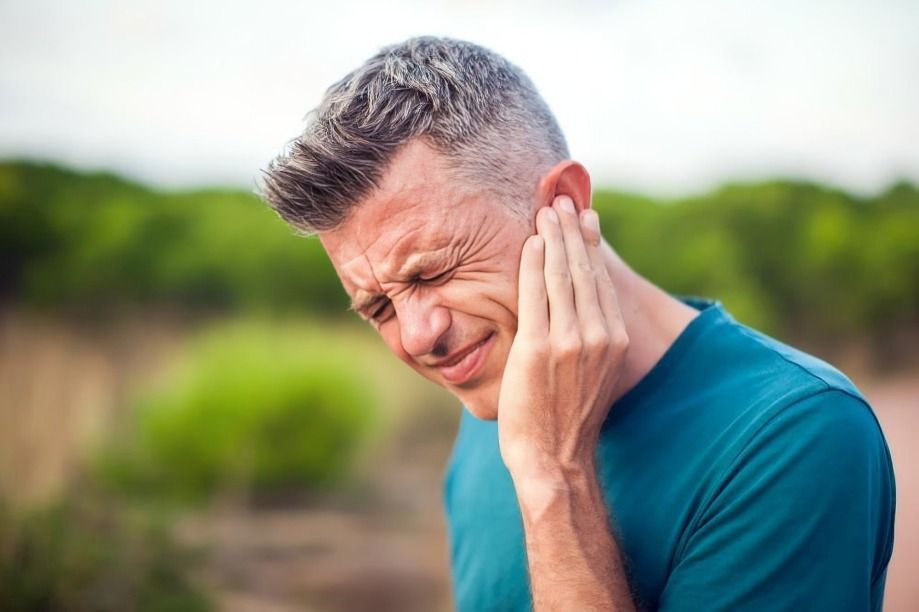
Our exploration of sensory organ ears facts begins here! Have you ever wondered how we hear the world around us? From the moment a sound is made, it travels through the air as vibrations, which are captured by the outer ear and funneled into the ear canal. Our ears are not just organs; they are marvels of nature designed to detect and interpret sound waves. Join us as we uncover the fascinating anatomy and function of the ears as a sensory organ. 1
Did you know that our ears are always growing? Each year, they grow about 0.22 millimeters, which is nearly as much as a grain of rice. This gradual growth happens slowly over time, much like how our bodies change as we age.2
Studies show that we often hear music better on our left side. This is because the left ear sends sound directly to the right side of the brain, which is more adept at processing music. So, your left ear might give you a richer musical experience!3
Bats are masters of echolocation, emitting high-frequency sounds to navigate and hunt in the dark. They can detect insects and other prey even in complete darkness, with hearing sensitivity as high as 100,000 Hz.4
Inside the ear, there are three tiny bones known as the ossicles. These bones transmit the vibrations from the eardrum to the inner ear. Remarkably, these bones are so small that they can easily fit on a penny!5
On October 26, 2018, in Pune, Maharashtra, India, the Starkey Hearing Foundation set a Guinness World Record by fitting 4,840 people with hearing aids in just 8 hours. Participants aged 5 to 85 received the aids free of charge.6
Ears are exceptionally adept at detecting sound. They can pick up sounds as faint as 0 decibels, which is nearly silent, and as loud as 120-140 decibels, similar to the noise of a rock concert. 7

Wearing headphones for just one hour can boost the bacteria in your ears by up to 700 times. This rapid increase in bacteria highlights the importance of regularly cleaning your headphones to prevent potential ear infections.

Brain-Computer Interfaces (BCIs), though experimental, offer potential for severe hearing loss by bypassing damaged auditory parts and directly stimulating the brain to create sound perception.
Hearing loss can affect anyone, making ear care essential for everyone. Surprisingly, a significant number of people with hearing loss are under 65. 8
Elephants can hear low-frequency sounds, known as infrasound, over long distances. These sounds can travel several kilometers through the ground, helping them communicate across vast distances and even detect distant thunderstorms.9
Did you know that your ears never actually sleep? They continue to detect and process sounds around you even while you’re asleep. This constant activity helps your brain stay alert to potential dangers and changes in your environment.10

Tinnitus is a condition where individuals hear ringing or buzzing sounds in the absence of external noise. It can be caused by exposure to loud sounds, ear infections, or underlying health conditions.
As people age, the hair cells in the cochlea can become damaged or die, leading to presbycusis, a type of age-related hearing loss that affects the ability to hear higher frequencies.11
Sound waves travel through the air at approximately 330 meters per second (m/s). This speed allows us to hear sounds almost instantly as they reach our ears. The speed of sound can vary depending on factors like temperature and air pressure.12
Our ears can detect over 1,000 different pitches or frequencies. This range allows us to hear a wide variety of sounds, much like being able to distinguish between a thousand different musical notes.13
About 1 in 5 people globally experience some form of hearing loss, making it one of the most common sensory impairments. Hearing loss can be caused by aging, exposure to loud noises, or genetic factors.14
Ear surgeries originated in ancient India around 600 BCE, with Sushruta outlining methods to repair ear injuries and deformities. His techniques, including ear reconstruction with grafts, greatly influenced modern otolaryngology practices.15
New smart earbuds offer more than just audio playback. They come equipped with sensors to monitor health metrics such as heart rate and body temperature, and can even provide real-time translation of languages.16
A study by the University of Newcastle found the ten most unpleasant sounds to include a knife scraping a bottle, nails on a blackboard, and a baby crying. These noises are especially jarring due to their high-frequency or harsh qualities.17
Babies begin to hear sounds in the womb as early as 20 weeks into pregnancy. This early exposure helps them start recognizing voices and language, which is beneficial for their development and learning after birth.18


